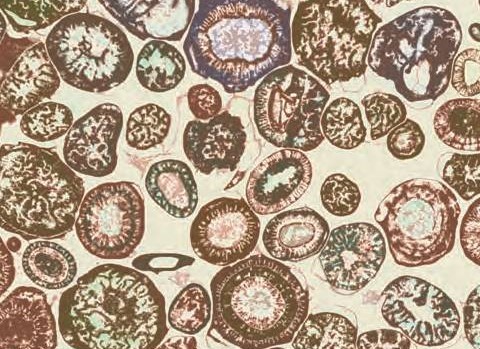
Published 2019-03-31
Keywords
- Accretion,
- concretion,
- charged particle,
- ptygmatic folds,
- precursor mineral
- enhanced crystal growth,
- metasomatism,
- porphyroid,
- granite ...More
How to Cite
Abstract
The aqueous chemistry of silica and the formation of abundant polymeric silica species in natural sediment accumulations is set out in Part 1. Part 2 continues to describe the amorphous silica in sediments and presents more evidence for the formation of quartz veins from silica gels. The physical chemistry for the formation of oolites in quartz veins, ptygmatic folding of quartz veins, the enhanced growth of crystals in quartz veins, the precipitation of gold in quartz and the mechanism for replacement or metasomatism by quartz (silicification) are detailed. Current physical chemistry applies not only to precursor silica gel but also to the hydrous precursors of other crystalline rock minerals such as clays, mica, hydrous ferromagnesian minerals and mineral deposits. “The Origin of Rocks and Mineral Deposits - using current physical chemistry of small particle systems” provides a new basis for understanding geological phenomena. This has now been published in Elliston1 2017 (Connor Court, Brisbane, ISBN 978-1-925501-36-0).




